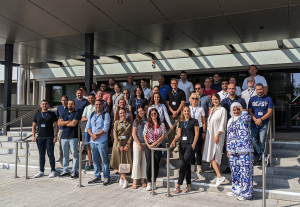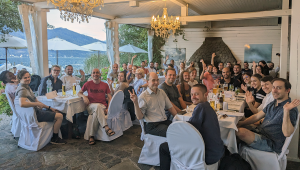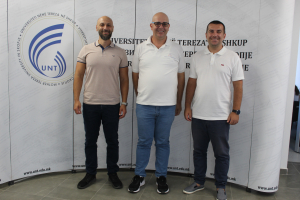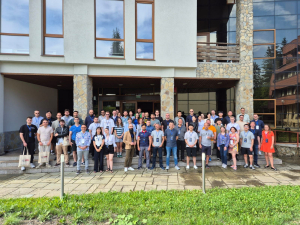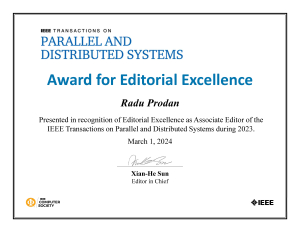Dr. Reza Farahani (University of Klagenfurt, Austria) and Dr. Vignesh V Menon (Fraunhofer HHI, Germany) presented a joint tutorial titled ‘Latency- and Energy-Aware Video Coding and Delivery Streaming Systems’ at the 12th European Workshop on Visual Information Processing (EUVIP 2024) on September 8.
Abstract: This tutorial introduces modern performance and energy-aware video coding and content delivery solutions and tools, focusing on popular video streaming applications, i.e., VoD and live streaming. In this regard, after introducing fundamentals of modern video encoding and networking paradigms, we introduce modern solutions systems, using per-title encoding, per-scene encoding, virtualized and software networks, edge computing, overlay networks such as Content Delivery Networks (CDNs) and/or Peer-to-Peer (P2P) paradigms to provide latency and energy-efficient VoD and live HAS streaming. Furthermore, the tutorial also presents our tools, software, datasets, and testbeds to demonstrate our latest achievements and share practical insights for researchers, engineers, and students who want to improve conversational streaming or even test such techniques for immersive video sequences (e.g., tile-based 360-degree VR) with a focus on latency, economic cost, and energy.



